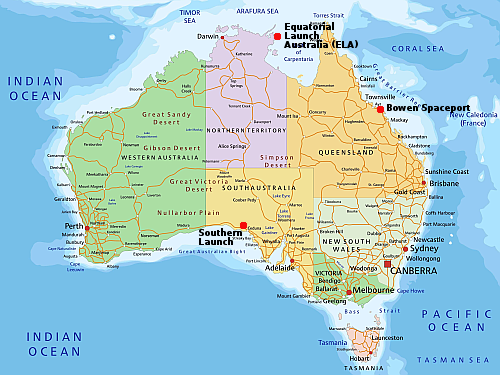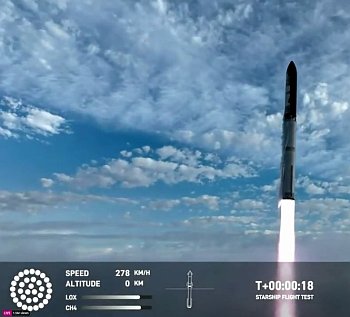German rocket startup Hyimpulse’s first suborbital rocket arrives in Australia

Australia’s commercial spaceports. Click for original map.
The German rocket startup Hyimpulse today announced that its first suborbital rocket, the SR75, had arrived in Australia for its planned first test launch.
On 28 February, Southern Launch, the commercial outfit that manages the Koonibba Test Range, revealed that a launch attempt of the suborbital SR75 rocket would occur between late April and early May. This likely gives the team little room for the unexpected as it prepares for launch.
Those launch dates depend on whether Australia’s government will issue the launch licenses on time. So far its ability to do so in a timely manner has been difficult if not impossible. For example, the rocket startup Gilmour, which wants to launch from Bowen at about the same time, has been waiting more than two years to get its approval, delaying its first orbital test launch by more than a year.

Australia’s commercial spaceports. Click for original map.
The German rocket startup Hyimpulse today announced that its first suborbital rocket, the SR75, had arrived in Australia for its planned first test launch.
On 28 February, Southern Launch, the commercial outfit that manages the Koonibba Test Range, revealed that a launch attempt of the suborbital SR75 rocket would occur between late April and early May. This likely gives the team little room for the unexpected as it prepares for launch.
Those launch dates depend on whether Australia’s government will issue the launch licenses on time. So far its ability to do so in a timely manner has been difficult if not impossible. For example, the rocket startup Gilmour, which wants to launch from Bowen at about the same time, has been waiting more than two years to get its approval, delaying its first orbital test launch by more than a year.




